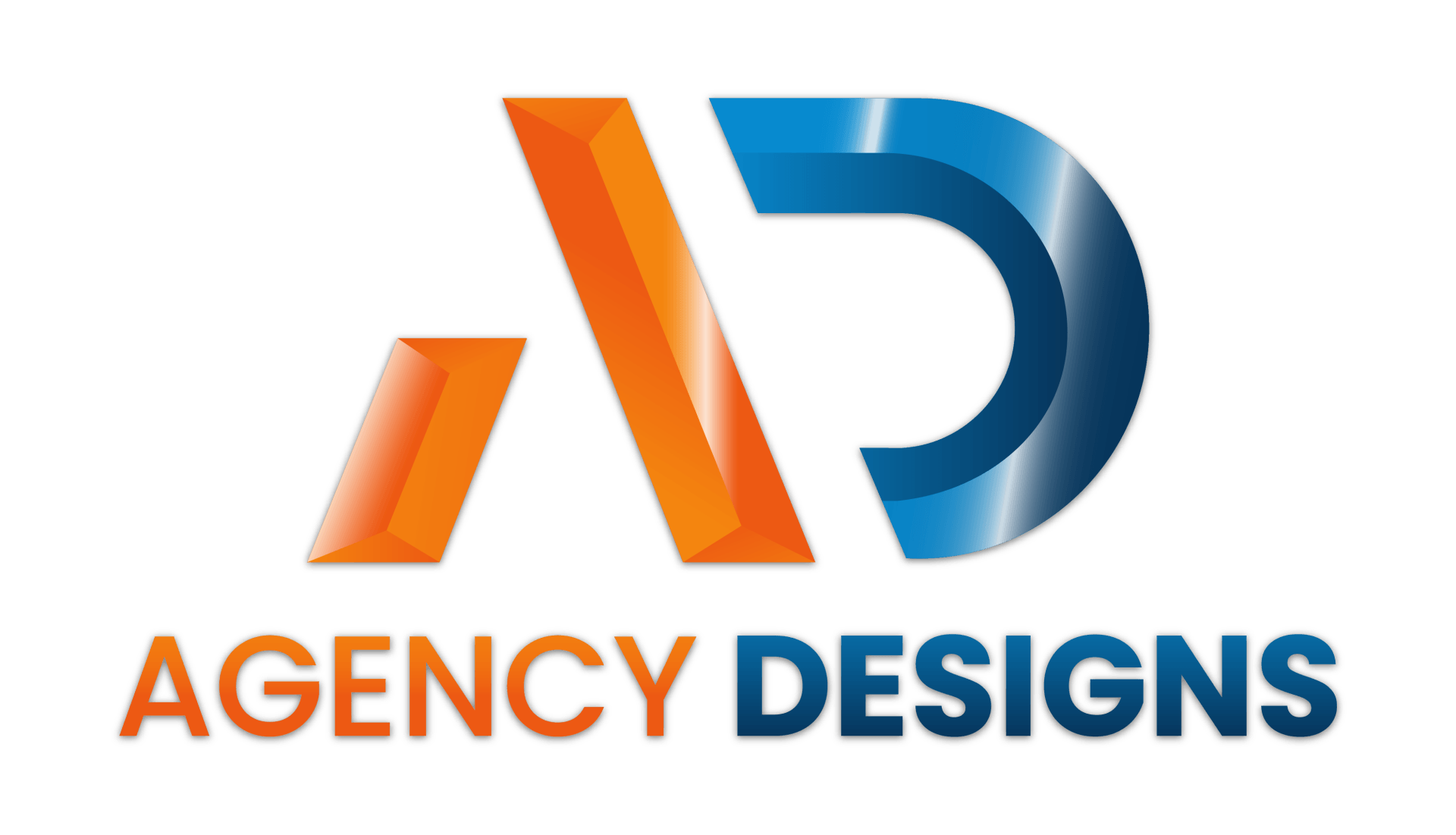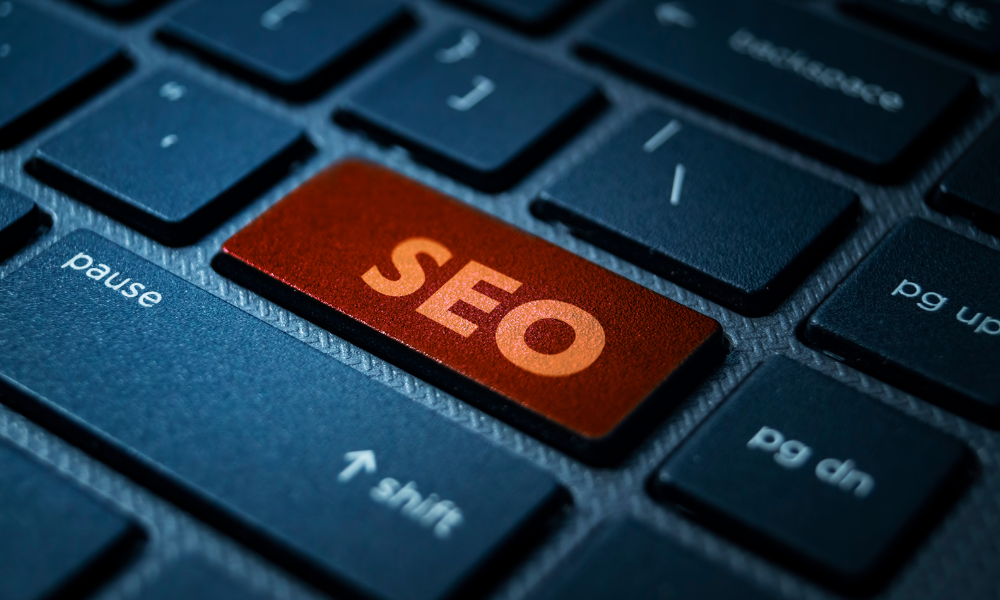Average Website Bounce Rate

The average website bounce rate falls between 41% and 54%, but what qualifies as a good bounce rate for your website depends on your industry, audience, and traffic sources.
If you're wondering whether your site’s bounce rate is healthy—or hurting your SEO—you’re in the right place. Whether you manage your own site or use a white label website design service for client projects, understanding bounce rate benchmarks is key to improving engagement and website performance.
Let’s break down the numbers and show you how to optimize your site for better results.
What Is a Bounce Rate and Why Does It Matter?
Bounce rate is the percentage of users who land on a page of your website and leave without interacting or clicking to another page.
A high bounce rate might signal that your content isn’t meeting user expectations, your site design is turning people away, or something is broken—like slow load times or technical issues.
Along with organic traffic and conversion rate, bounce rate is a key metric in monitoring SEO success and understanding your website’s health. When visitors quickly leave without exploring, it’s a sign your site may not be engaging or relevant to their needs.
What’s a ‘Good’ Average Website Bounce Rate?
Here’s how most bounce rates are categorized, according to research:
- 25% or less – Something’s likely broken, possibly a tracking error.
- 26% to 40% – Excellent. Your site is likely well-designed, fast, and relevant to user intent.
- 41% to 55% – Average. Most websites fall into this range.
- 56% to 70% – Slightly high. This might be okay for certain industries or content types.
- Over 70% – High. This often points to poor content targeting or usability issues.
If your bounce rate falls well outside the norm—either too high or too low—it may be a red flag for your site analytics or visitor experience. The key is understanding what visitors expect and making sure you have relevant content that delivers.
Average Website Bounce Rate by Industry
According to Databox, the median bounce rate across all industries is 44.82%, but your industry can significantly influence what’s considered a “normal” bounce rate. Here’s what the data shows:
- Apparel and Footwear: 27.92%
- Automotive: 41.06%
- Construction: 46.27%
- Consulting and Professional Services: 49.47%
- Ecommerce and Marketplace: 36.14%
- Education: 42.4%
- Food: 39.38%
- Health Care: 43.38%
- Health and Wellness: 38.65%
- IT and Software: 48.22%
- Manufacturing: 41.32%
- Real Estate: 47.83%
- SaaS: 48.24%
- Technology: 48.02%
- Travel and Leisure: 36%
Industries with highly visual, product-driven content—like apparel and travel—often see lower bounce rates on product pages. In contrast, tech and professional services websites tend to see higher rates due to more specialized content or longer buying cycles.
Average Website Bounce Rate by Specific Page
Bounce rates vary not just by industry, but by the purpose of the page. Here’s what your target bounce rate should be for each type of website page:
- B2C: 20% to 45%
- B2B: 25% to 55%
- Lead Generation: 30% to 55%
- Non-Ecommerce Content: 35% to 60%
- Landing Pages: 60% to 90%
- Blog Posts/Dictionaries/Glossaries: 65% to 90%
If your site’s goal is sales or lead generation, aim for bounce rates under 50%. For blogs, glossaries, or landing pages, higher bounce rates are more acceptable—as long as the page fulfills its purpose.
Average Website Bounce Rate by Traffic Source
Where your visitors come from—also known as their traffic source—has a major impact on bounce rate. Here’s a breakdown by traffic channel:
- Organic Search: 40%–60%
Visitors who find your site through unpaid search engine results. - Paid Search: 30%–50%
Traffic from ads targeting specific keywords in search engines. - Direct Traffic: 20%–40%
Users who type your URL directly into their browser or use a bookmark. - Referral Traffic: 50%–70%
Visitors arriving from links on other websites (e.g., blogs, directories). - Social Media: 50%–70%
Users who come from platforms like Facebook, Instagram, or X (Twitter). - Email: 20%–40%
Website traffic from clicks in newsletters, campaigns, or promotional emails.
Email and direct traffic tend to perform best because those users are already familiar with your brand. On the other hand, referral and social traffic may bounce more often due to lack of intent or context mismatch.
What Your Average Website Bounce Rate Reveals
Your average website bounce rate is more than a number—it’s a window into user behavior. A consistently high bounce rate could mean:
Your site is attracting the wrong audience.
- Visitors are confused by your layout or design.
- Your content doesn’t deliver on its promise.
- Your calls to action (CTAs) aren’t strong or visible.
- The webpage is slow or broken.
Bounce rate also influences your SEO. If users leave quickly, search engines may assume your page isn’t helpful, which could lower rankings over time.
How to Fix Your Bounce Rate
If your bounce rate feels too high, don’t panic. There are practical steps you can take to improve it:
- Speed up your site: Use tools like PageSpeed Insights to identify performance issues and improve your page load speed. Compress images and use a content delivery network (CDN).
- Improve your content: Make sure your headlines match the page’s content and solve real user problems.
- Use strong CTAs: Tell visitors what to do next with clear, well-placed calls to action.
- Optimize for mobile users: Most users are on mobile devices. Use responsive design and test your mobile UX (user experience) regularly.
- Simplify your layout: Clean, readable layouts keep users from feeling overwhelmed or distracted.
- Use internal links: Encourage exploration by linking to related pages, products, or blog posts.
- Add widgets: Interactive elements like chatbots, calculators, quizzes, product filters, or other custom widgets can add real value and keep users engaged longer.
- Test your popups: Intrusive or badly timed popups can drive users away.
- Segment your traffic: Analyze bounce rate by source, page, and device to spot patterns and adjust accordingly.
Bounce rate isn’t one-size-fits-all—but with some analysis and optimization, you can guide your users deeper into your site.
How Agency Designs Can Help
Agency Designs offers an affordable, 100% white-label website design system built for agencies and entrepreneurs. With a growing design library, prebuilt templates, and support for platforms like Brizy, WordPress, and Elementor, you can build stunning websites, landing pages, and sales funnels without starting from scratch.
Need help reducing your bounce rate? Whether you’re refreshing a blog or launching a new lead gen funnel, our tools and team make it simple to create a site that keeps users engaged.
Book a live demo today and discover how easy it can be to optimize your site’s performance.
FAQs - Average Website Bounce Rate
Here are answers to frequently asked questions about the average bounce rate for your website.
Is 40% a good bounce rate?
Yes, a 40% bounce rate is generally considered excellent, especially for content-heavy or ecommerce sites. It suggests that your page is user-friendly, loads quickly, and matches search intent. Keep in mind that the lowest bounce rate often depends on your industry, page type, and traffic source. For example, ecommerce websites may naturally have lower bounce rates due to product browsing, while single-page sessions on blogs may skew higher.
How does bounce rate affect SEO?
While Google Analytics doesn't use bounce rate directly in its ranking algorithm, bounce rate can indirectly affect SEO by signaling user engagement. A high bounce rate may indicate poor functionality, mismatched content, or slow page load time, which can hurt user experience. Bounce rate data can also help refine your marketing strategy, especially when paired with metrics like exit rate, pageview, and conversion rate.
How do you calculate bounce rate?
Calculate bounce rate using this formula:
Bounce Rate (%) = (Single-Page Sessions ÷ Total Sessions) × 100
In other words, it's the percentage of users who land on a page and leave without interacting further—no clicks, scrolls, or additional pageviews, and often a quick tap of the back button. Tools like Google Analytics provide bounce rate data by page, traffic source, and device type.
How often should you monitor bounce rate?
Regularly monitoring your bounce rate—ideally weekly or monthly—is essential for maintaining a high-quality user experience. Spikes in bounce rate can signal issues with plugins, formatting, or functionality. For ecommerce sites, frequent reviews can help fine-tune product pages, pricing layouts, and your homepage. Pair this data with A/B testing to see what changes reduce friction and improve engagement.
Which pages usually have the highest and lowest bounce rates?
Landing pages, blog posts, and glossary pages often have the highest bounce rates, especially if they’re not part of a guided user flow.
Conversely, product pages, homepages, and well-structured ecommerce websites often have the lowest bounce rates, thanks to strong internal linking, optimized formatting, and clear CTAs that encourage interaction.










